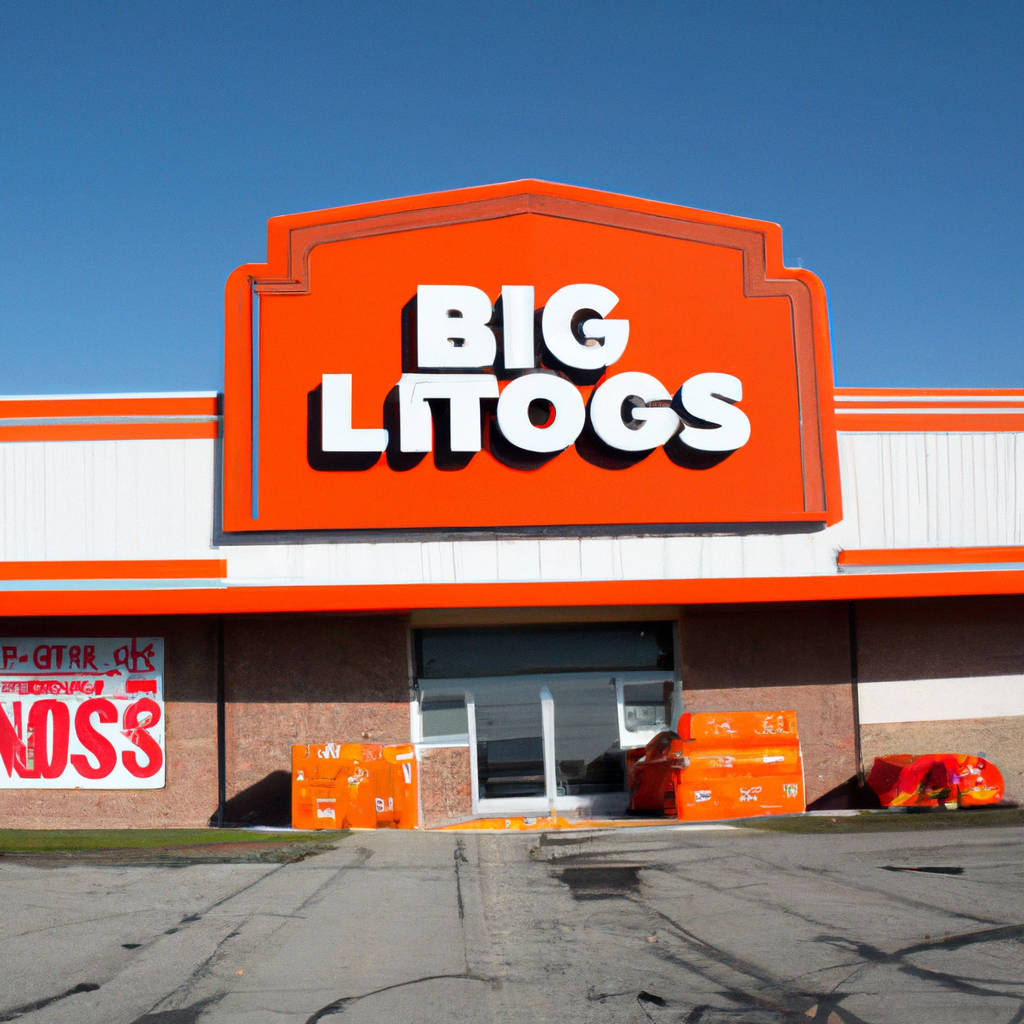Big Lots, a renowned American retail corporation, recently announced the closure of a number of its stores nationwide. The news has left many customers and employees alike concerned about the future of the company and their association with it. The retail giant has been facing financial challenges, like many other retailers, in a market increasingly dominated by online shopping. The decision to shut down certain stores is part of a larger strategy to streamline operations and focus on profitable locations. This article will provide you with essential information about the closures, the reasons behind the decision, and the likely impact on consumers and the retail landscape.
The closures are part of a comprehensive restructuring strategy aimed at reducing operating costs and improving overall efficiency. In the face of stiff competition from e-commerce platforms and changing consumer shopping habits, Big Lots has been grappling with declining sales and dwindling foot traffic. The closures are therefore a move to recalibrate its business model to suit the contemporary retail environment.
It’s important to note that not all Big Lots stores are closing. The company plans to maintain operations in locations that are performing well, while closing underperforming stores or those in areas facing economic challenges. This approach is designed to optimize resources and concentrate on markets where the brand has a strong presence or potential for growth.
The store closures are likely to impact employees, consumers, and local economies in the affected areas. Employees may face job losses, though Big Lots has mentioned that it will try to transfer as many employees as possible to other locations. Consumers, particularly those in underserved communities that rely on Big Lots for affordable shopping, may have to seek alternatives. Local economies might suffer from a reduction in tax revenue and potential job losses.
However, it’s not all bleak news. Big Lots has mentioned that it will be investing more in its online operations. This means that even if a physical store closes in your area, you may still be able to shop online for your favorite Big Lots goods. The company is also planning to open new stores in select locations, indicating a strategic shift rather than an overall scale-down of operations.
The Big Lots store closures, while significant, don’t necessarily signal the end of the brand. Rather, they reflect a growing trend among traditional retailers to adapt to a rapidly evolving retail landscape. By closing underperforming stores and focusing on online sales, Big Lots is hoping to remain competitive and relevant in today’s retail environment. As a customer, you can continue to support the firm by shopping at their remaining physical locations or online.
In conclusion, the Big Lots store closures are part of a strategic move to adapt to changing market dynamics. Though it may cause short-term uncertainty and inconvenience, the long-term goal is to ensure the sustainability and profitability of the company. By keeping abreast of these changes, consumers can make informed decisions and continue to enjoy the value and variety that Big Lots offers.

Which Big Lots Locations in Palm Beach County Will Remain Open?
Determining the status of Big Lots stores in Palm Beach County requires an examination of the company’s recent announcements and operational strategies. While Big Lots has not announced a specific list of closures in Palm Beach County, they have stated that they are continually assessing their stores’ performance nationwide. They aim to ensure that each location is profitable and serving its community effectively. As such, stores that consistently underperform may be subject to closure, while those that continue to meet the company’s standards will remain open.
Residents of Palm Beach County can expect stores in high-traffic areas and with a strong customer base to continue operations. Locations such as the stores in Lake Worth, Boynton Beach, and West Palm Beach have historically performed well, suggesting that they are likely to remain open. However, it’s recommended to regularly check the Big Lots website or reach out to local stores for updated information. The company’s dedication to customer satisfaction and overall profitability will ultimately dictate which Palm Beach County locations will continue to serve the community.
Where Can You Find Big Lots Stores in Palm Beach County?
Big Lots stores can be found in several locations across Palm Beach County. This American retail corporation, known for selling a wide variety of items from furniture to food, has established its stores in many communities within the county. In Boynton Beach, you can find a Big Lots store conveniently located on Congress Avenue. If you’re in the northern part of the county, there’s a Big Lots in the heart of Lake Park on Northlake Boulevard. For residents closer to the coast, there’s a location in Lantana on Lantana Road.
For those living in the central region of the county, there’s a Big Lots store in West Palm Beach on Military Trail. And for those residing in the south, you can visit the Big Lots store in Boca Raton on North Federal Highway. Each of these stores offers a vast selection of merchandise, from home decor and furniture, to everyday household items and groceries, all at a discounted price. The stores’ layout is easy to navigate, making shopping an enjoyable experience. The availability of Big Lots stores throughout Palm Beach County provides residents with an accessible and affordable shopping option. Whether you’re looking for seasonal items, home essentials, or even unique finds, you’re sure to discover a variety of products in these Big Lots stores.

Understanding the Rise in Bankruptcies Across Florida and the Nation
Bankruptcy rates in Florida and across the United States have experienced a significant increase in recent years. This surge is largely attributed to several key factors that have stirred financial instability among individuals and businesses. The most prominent factor is the skyrocketing cost of healthcare, which has plunged many people into debt, leaving them with no other option but to declare bankruptcy. Similarly, the rise in student loan debt has played a significant role, with young people finding it increasingly tough to keep up with their repayment schedules, pushing them towards bankruptcy.
Furthermore, the economic impact of natural disasters, such as hurricanes in Florida, has also contributed to the rise in bankruptcies. Such events inflict massive damage on properties, subsequently leading to financial ruin for many who are unable to recover their losses. Additionally, the slow wage growth in comparison to the cost of living has made it harder for individuals to meet their financial obligations, thus increasing their likelihood of filing for bankruptcy.
The recent global health crisis has also played a part in the surge, causing job losses and financial difficulties for many individuals and businesses, leaving them with bankruptcy as their only viable option. This trend transcends Florida and has been mirrored across the nation, reflecting the widespread economic distress.
While bankruptcy does offer a form of relief, allowing individuals and businesses to wipe out some or all of their debts and start afresh, it also has significant consequences. It can lead to a severe hit on one’s credit score, limiting their ability to secure loans or credit in the future. Therefore, understanding the rise in bankruptcies and its underlying causes is crucial for policymakers and economic strategists, as it sheds light on the financial struggles that many American citizens are facing. This understanding can help in devising strategies and policies aimed at mitigating these issues and promoting financial stability.
